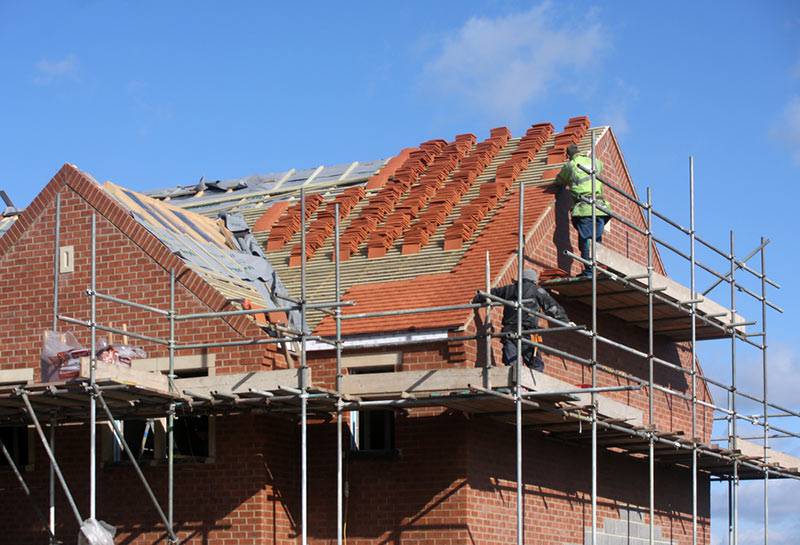The public is to be consulted in the coming weeks about the changing face of the borough as the council seeks to limit house building in the face of centrally imposed quotas.
The government is due to rule in the new year if Tunbridge Wells Borough Council has made the case to build 6,000 houses, rather than the 16,000 new homes demanded by Whitehall.
Chief executive of the borough council William Benson said: “The government will make its decision in January and then they will get back to us and tell us if what we have done so far is ‘sound’ or if it is not ‘sound’.”
We understand senior council officials believe they have made a ‘solid’ case for the 6,000 level to stick but are mindful they may be pushed for more.
Under a compromise sought by the borough council, 6,000 new houses are to be developed in the borough between 2006 and 2026.
The council argued that the 16,000 figure proposed by central government was unsuitable for a predominately rural area.
Planning
Mr Benson said: “Under our plans 80 per cent of the housing will be absorbed within the town and 20 per cent in the rural areas.”
Constraints, he said, would be the green belt, areas of outstanding natural beauty and places of special scientific interests.
Progress so far and the proposed sites for future development are now undergoing a public review which began yesterday and is being overseen by the Planning Inspectorate.
As of August 2014, 3667 new homes had been provided in the borough leaving 2333 to be built, but this does not include more recent developments such as Knights Wood.
Although the majority of the remaining development is due to fall within the town itself, more rural parts of the borough are also in line for further house building.
Paddock Wood has three sites earmarked with the capacity to cater for around 950 new houses, much of which is greenfield land.
These sites are Church Farm, land adjacent to Mascalls Court Road and Mascalls Farm.
But these proposals have been resisted by Paddock Wood Town Council with a spokesman saying that ‘in principle’ they ‘oppose the plans’.
Concerns raised in town council minutes include, the ‘impact of new traffic through town’, exposure to floodplains at Church Farm and flat developments ‘overshadowing’ adjacent low rise housing.
Members also felt ‘regret’ over, ‘the potential losses of greenfield areas near the town’.
Green Party housing spokesman Marie Jones said she supported the council’s drive to develop more housing, but questioned the suitability of green field developments.
She said: “House building is a major issue as chronic under-investment has led to a huge shortage of housing in this country.
“This has led to soaring house prices preventing young people getting on the housing ladder and rising rents.”
But the council had to consider the best approach to providing these houses she said, adding: “It is always better to pick brownfield and convert disused buildings into homes.
“Greenfield building is a last resort and I do not think we are at that stage yet.”
Jane March, the council’s portfolio holder for economic development said: “We know the number of people in the borough of Tunbridge Wells is set to increase over the next ten years.
“There will therefore be a need for house building, but we need to ensure there are also enough businesses to sustain the growth in population.”








